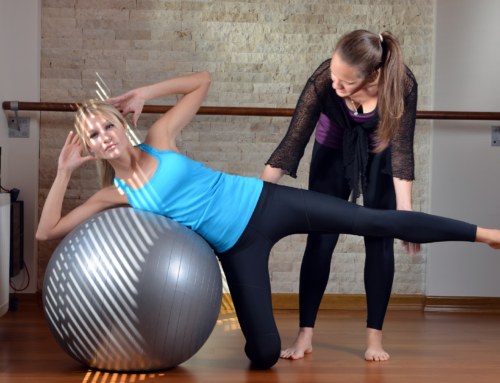Scoliosis, a condition characterized by an abnormal curvature of the spine, affects individuals of all ages, presenting unique challenges that go beyond physical discomfort. Whether present from birth or due to unknown causes, scoliosis treatment requires comprehensive management to alleviate symptoms and improve overall quality of life. In recent years, physiotherapy has emerged as a pivotal player in scoliosis treatment and management, offering a holistic approach that addresses not only the physical aspects of the condition but also the emotional and functional implications.

Understanding Scoliosis:
Before delving into the therapeutic benefits of physiotherapy in scoliosis treatment, it’s essential to understand the nature of scoliosis. Scoliosis manifests as a lateral curvature of the spine, forming an “S” or “C” shape. While some cases are congenital, occurring at birth due to spinal malformations, the majority are classified as idiopathic, meaning the cause is unknown. It often develops during periods of rapid growth, such as adolescence, impacting the spine’s normal development.
Common signs of scoliosis include uneven shoulders, hips, or waist, a visibly curved spine, and in severe cases, difficulties in breathing due to the compression of the ribcage. Beyond the physical challenges, scoliosis can also affect an individual’s self-esteem and mental well-being, particularly during the vulnerable years of adolescence.
The Role of Physiotherapy in Scoliosis treatment:

Physiotherapy has emerged as a cornerstone in the management of scoliosis treatment, offering a non-invasive and personalized approach to address the multifaceted aspects of the condition. Here’s how physiotherapy becomes a therapeutic ally in navigating the curves of scoliosis:
- Postural Awareness and Education: Physiotherapists play a crucial role in educating individuals about the importance of maintaining proper posture. Understanding how to align the body correctly in various activities helps in minimizing the progression of scoliosis. This awareness becomes a valuable tool in daily life, empowering individuals to take an active role in their spinal health.
- Tailored Exercise Programs: One of the key contributions of physiotherapy in scoliosis treatment is the development of customized exercise programs. These programs are designed to strengthen specific muscle groups while improving flexibility. Targeting the core muscles helps support the spine and mitigate the impact of the abnormal curvature. Exercise regimens are tailored to the individual’s unique needs, considering factors such as the degree of curvature and overall physical condition.
- Breathing Exercises: Scoliosis can compromise respiratory function, particularly in cases where the curvature affects the ribcage. Physiotherapists incorporate breathing exercises to enhance lung capacity and respiratory efficiency. These exercises not only contribute to better respiratory health but also address the discomfort associated with impaired breathing.
- Manual Therapy: Hands-on techniques are a fundamental component of physiotherapy for scoliosis treatment. Manual therapy includes methods such as massage and joint mobilization to relieve muscle tension, enhance joint mobility, and alleviate pain. This hands-on approach is often integrated into the overall treatment plan to complement other therapeutic interventions.
- Bracing Support: In cases where bracing is recommended to prevent further progression of scoliosis, physiotherapists play a vital role in supporting individuals through the adaptation process. They provide guidance on proper brace wear, adjustment, and offer complementary exercises to optimize the brace’s effectiveness. This collaborative approach helps individuals feel empowered and engaged in their treatment.
- Monitoring and Progress Assessment: Regular check-ups with a physiotherapist enable ongoing monitoring of scoliosis progression and the effectiveness of the intervention plan. Adjustments to the exercise program or other therapeutic modalities can be made based on the individual’s response, ensuring that the treatment remains tailored to their evolving needs.







